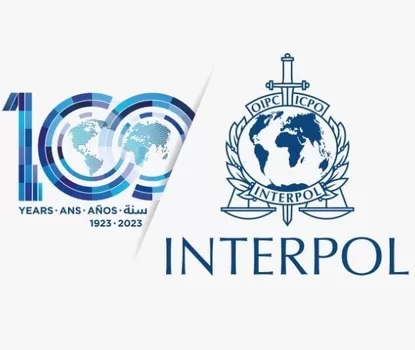INTERPOL maintains a global database of Stolen Works of Art, which contains more than 52,000 items from 134 member countries and includes photos, descriptions and details of the theft.
This is the only global database with certified police information on stolen and missing objects of art. This supports police in member countries with their international investigations. Countries send information to Interpol about stolen and missing items, and their experts add this to the database.
Only information provided by authorized entities (INTERPOL National Central Bureaus and specific international partner organizations, such as UNESCO, and ICOM and ICCROM) can be inserted into the database. Only fully identifiable objects are entered in the database.
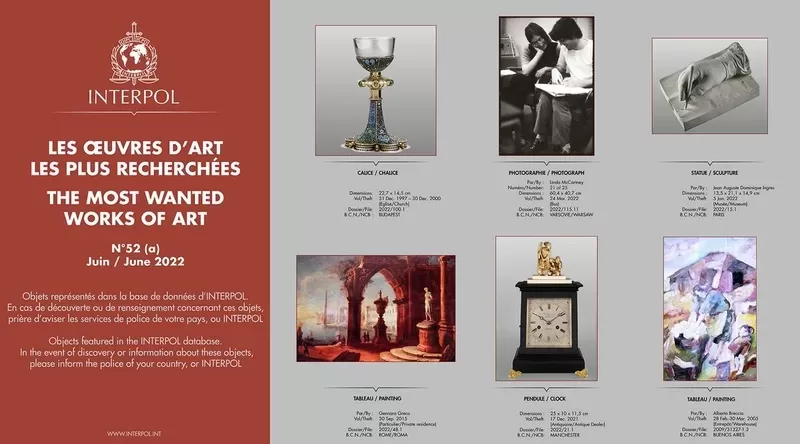

Art thefts are often carried out from private homes but also museums, places of worship and art galleries, while archaeological items are illicitly excavated.
Fake works of art pollute the legitimate market. These cultural objects may generate considerable income for terrorist and organized crime groups to support their recruitment efforts and strengthen their operational capability.
Looting of cultural heritage is one of the most common and profitable sources of income for terrorist groups.
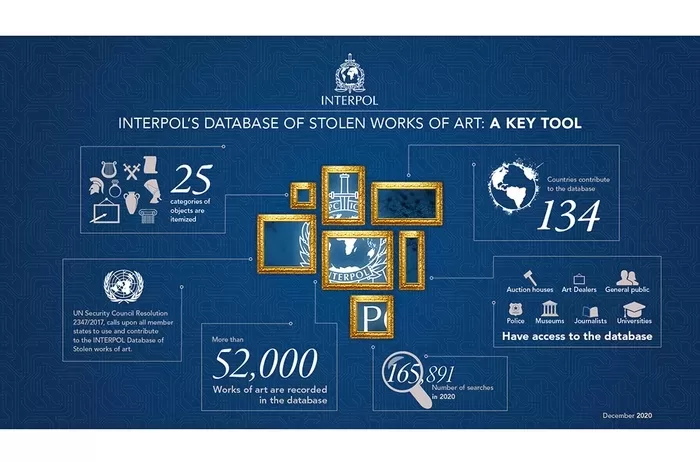

The ID-Art mobile app helps to identify stolen cultural property, reduce illicit trafficking, and increase the chances of recovering stolen items.
Publicly available, the App introduces new audiences to INTERPOL’s Stolen Works of Art database, which contains more than 52,000 objects from 134 member countries.
ID-Art can be used by police officers, custom officials, the general public, private collectors, art dealers, journalists, students or art enthusiasts to:
- Access the INTERPOL database of Stolen Works of Art to check if an object is registered as stolen
- Create an inventory of private art collections
- Report an item as stolen
- Report cultural sites potentially at risk or illicit excavations
This quick and easy mobile access strengthens the combined response to safeguarding our common heritage.
You can download ID-Art free of charge for Apple and Android mobile devices.
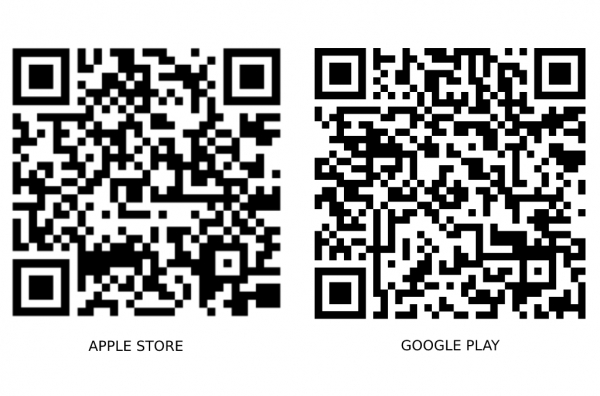

Search the Stolen Works of Art database
You can check if a cultural object is listed in the Stolen Works of Art database by searching manually or visually.
- Search manually by entering details such as object type, medium, technique, title, artist’s name, or country of provenance.
- Search visually by taking a photo of the cultural object. ID-Art uses cutting-edge image-recognition software to match the photo against items recorded in the database.
You can save your manual searches, which will mark them with the date and time when the search was taken. The timestamps on these saved searches may be used as proof that the necessary due diligence checks were carried out, in line with the UNIDROIT convention.
Create an inventory of your private art collections
Whether a museum curator, auction house representative, private collector, artist or member of the public, you can create your own catalogue of cultural objects: ‘My Inventory’.
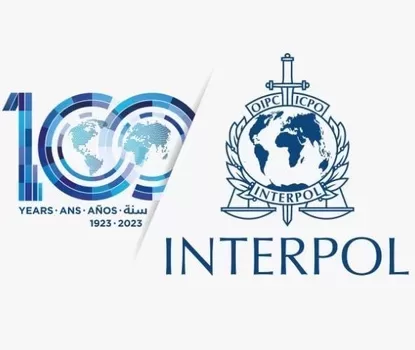

You can capture images and record features of your own works of art in ‘Object-ID’ format. This is the international standard for describing cultural objects, to facilitate their identification in the event of theft.
The FBI Top Ten Art Crimes list and contacts are here.
See also: Is ChatGPT safe at work You may give away company secrets
Gough Whitlam, the founder of Australia-China diplomatic relations
Five Eyes Law Enforcement Group speech by AFP Commissioner, Reece Kershaw

